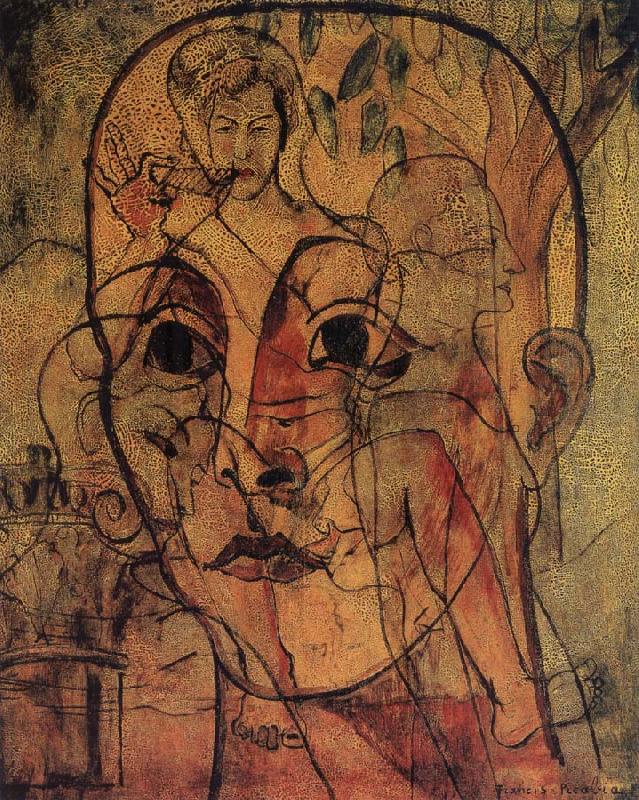For this second unit students work with hump molds to create a series of platter forms (3 total - minimum- required) that function as a clay canvas on which they can explore composition, surface design, slip painting, and a range of surface and/or glaze options (slips, sgraffito, slip trailing, underglaze, overglaze, majolica painting).
The content of each composition will be a narrative about student interests, experiences or things that are personally important. Each composition should explore the possibility of a visual narrative (how does one create a visual narrative?) and can incorporate traditional forms of self-portrait along with layered images, text, patterns, etc.
To help begin developing an inventory or archive of images that are personally important students are asked to use the process of
mind mapping, as well as working in pairs to talk/listen and help each other discover possibilities. The idea here is to begin to reveal to yourself the things that you are interested in. You can list initially using words, but the next step is to find/search/for develop images that can begin to evoke what is important for you in that word or that can somehow be used to help create a visual narrative that serves as a self-portrait. Once you discover a series of important images that excite you, explore ways to use the image(s) to create a composition that fills the space of your platter, demonstrates what you are learning about composition and design, and tells a story or evokes a personal narrative.
The first composition will lead to the other two to be developed, so that in the end there is a series of platters that explore different surfaces and glaze options, but build on the idea of personal narratives and lead to increasingly complex compositional skills. Be sure to consider use of text (can stamp words into clay or write on the surface of the clay, etc) and explore ways to layer images. These works by Francis Picabia, while not a ceramic work, provides a good visualization for layering images and using these layered images as the framework for composition.
 |
| Francis Picabia |
Summary:
For the platter unit you will develop at least 3 platter forms as follows:
- Majolica
- Slip painted (while clay is still leatherhard)
- Carved and/or pressed clay
Each of the 3 platters will explore personal narratives/self-portrait ideas/stories about yourself and/or your interests. Designs will evolve from the first platter composition. Students will be guided through this process as needed.
General schedule:
Feb 5 - demo on how to make platters and shared
PPT on the project
Feb 7 - one platter due leatherhard; start working on preliminary designs/compositions or mind-
mapping.
Feb 12 - one platter due bone dry - will be used for first composition and for majolica glaze; First compositional studies due (3 - 5 due!; kiln fired Sunday so have other work for bisque ready and any new glaze stuff (if there's enough glaze work to fill a kiln Val will get it loaded and fired for us. Also, search for artists whose work with majolica or image making/painting on the surface of clay is exciting to you and may provide inspiration for your platter compositions.
Feb 14 - additional platter(s) should be started and more work on compositional studies. Will work and review during class and decide how to move forward with bisques and glazes at this point.
Feb 19 - TBD
Feb 21 - TBD - Unit 3 will likely be introduced today...





No comments:
Post a Comment